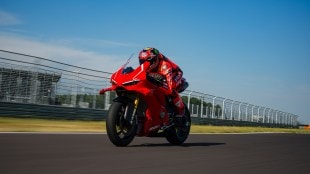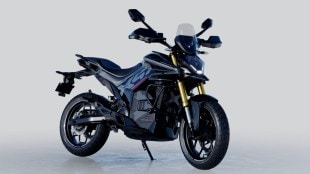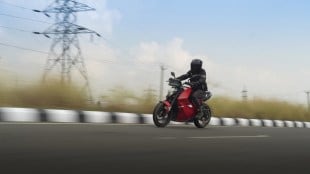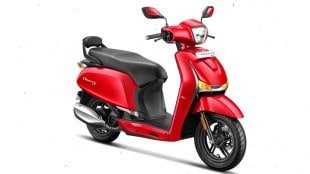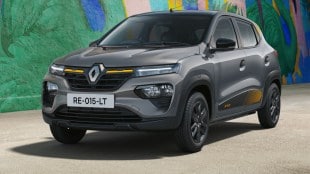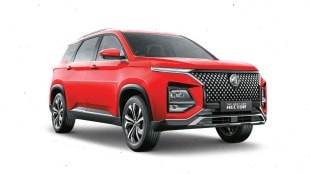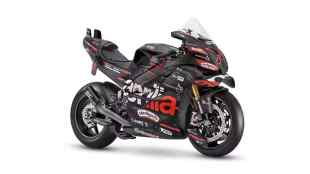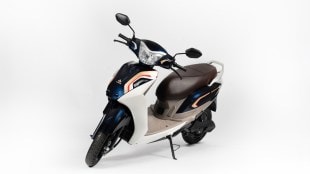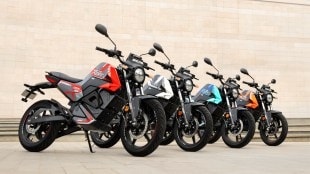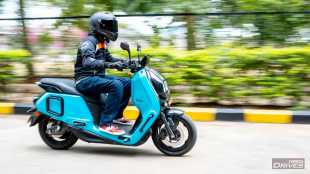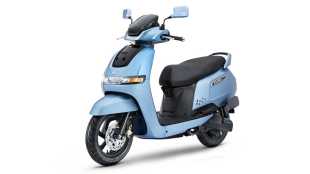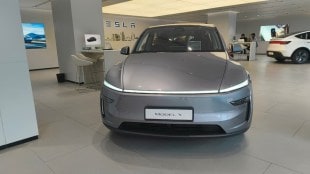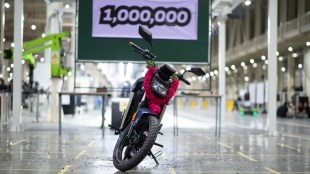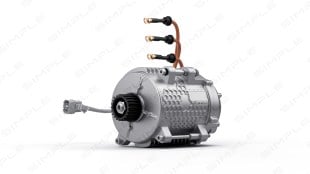Ducati has officially unveiled the latest iteration of its flagship road-legal performance motorcycle — the Panigale V4 R. As always, the latest iteration of Panigale V4 R is the result of Ducati’s learning from MotoGP and World Superbike Championship. The V4 R gets plenty of mechanical upgrades over the V4 R which made its debut earlier this year.
Ducati has confirmed that the new Panigale V4 R will arrive in India early next year as a CBU, directly imported from its Borgo Panigale factory in Italy. The latest version of the Panigale V4 R has been co-developed by the Italian superbike brand and Ducati Corse that is responsible for the company’s motorsports division.
The Panigale V4 R has its origins in the legendary 996R of 2001 and the latest iteration of the superbike is no different. Like the previous instances, the Panigale V4 R is produced in a numbered series, with the model name and serial number proudly displayed on the steering plate.
2026 Ducati Panigale V4 R: Better Aerodynamics
Visually, the Panigale V4 R is almost identical to the standard V4 barring an important addition. The Panigale V4 R is the first road-going motorcycle to integrate Corner Sidepods, which Ducati brought to MotoGP for the first time in 2021. Designed to work at high lean angles, these Corner Sidepods generate a ‘ground effect’, ensuring a higher level of grip for the tyres and thus allowing higher speeds and therefore lower lap times.
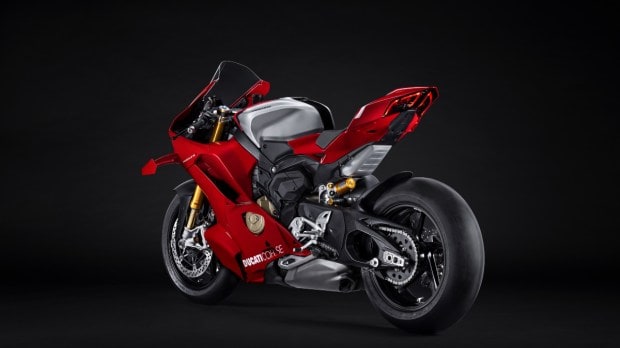
The V4 R also gets a dynamic front air intake developed by Ducati Corse, raising intake air pressure and providing a boost of 1.3 horses. The Panigale V4 R adopts the 2025 V4 fairing with larger wings that deliver 25% more downforce — 4.8 kg at 270 kmph and 6 kg at 300 kmph — enhancing stability under acceleration and precision at high speeds.
2026 Ducati Panigale V4 R: Chassis & Ergonomic updates
As compared to the previous V4 R, the footpegs on the latest iteration of the supersport footpegs are 10mm inwards and in with a reprofiled fuel tank and seat, thus offering better support for the rider in racing use. Derived from Ducati’s seventh-generation sportbike, the new ergonomics facilitate an aerodynamic riding posture, improve control under braking and cornering, and reduce rider fatigue, enabling consistent performance over both single laps and extended sessions.
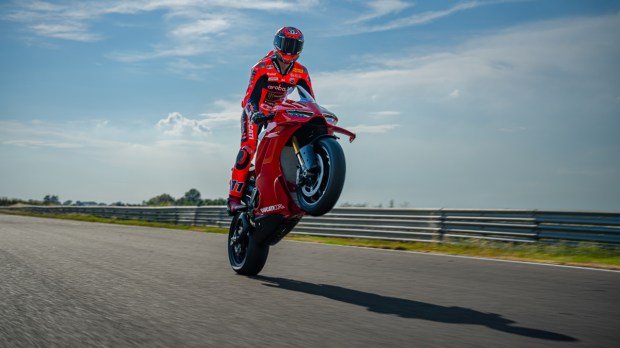
The V4 R gets the same chassis as the V4 and V4 S including the front frame and a hollow symmetrical swingarm but with significant upgrades. For instance, the front frame has been redesigned to reduce lateral stiffness by almost 40% that improves tyre working and grip The updated frame and swingarm allow the bike to close trajectories better, also improving traction when exiting corners and the rider’s feeling during acceleration.
Moreover, the Panigale V4 R is equipped with a pressurised Öhlins NPX25/30 fork with 43 mm stanchions and a mechanically adjusted Öhlins TTX36 shock absorber, both configured with new-generation settings. It also debuts the Öhlins SD20 steering damper—the first application on a production motorcycle — offering enhanced damping and a broader adjustment range.
2026 Ducati Panigale V4 R: Performance
The Panigale V4 R derives power from the 998cc 90-degree V4 engine Desmosedici Stradale R engine derived from Ducati’s MotoGP motor and designed to compete in the World Superbike Championship. This motor produces 215 bhp and 114.5 Nm of peak torque which means power but less torque than the 1,103cc Panigale V4. This engine gets lighter pistons and new crankshafts that help amplify the performance.
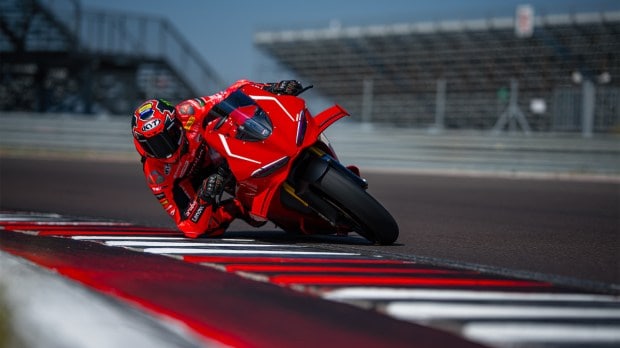
Speaking of performance, the Panigale V4 R can clock a top speed of 318.4 kmph in its stock form. With a racing exhaust configuration, the top speed can reach up to 330.6 kmph. Power with the racing exhaust can reach up to 236 bhp with the use of Ducati Corse Performance Oil.
The other modification is a new 6-speed gearbox with a different orientation. In this transmission, the neutral is placed below the first gear rather than between first and second, exactly like the MotoGP and factory Superbikes. Called the Ducati Neutral Lock (DNL) system, it can be disengaged by operating the lever on the right handlebar. This system eliminates the possibility of accidentally engaging neutral gear, especially on a race track when entering corners in first gear.

